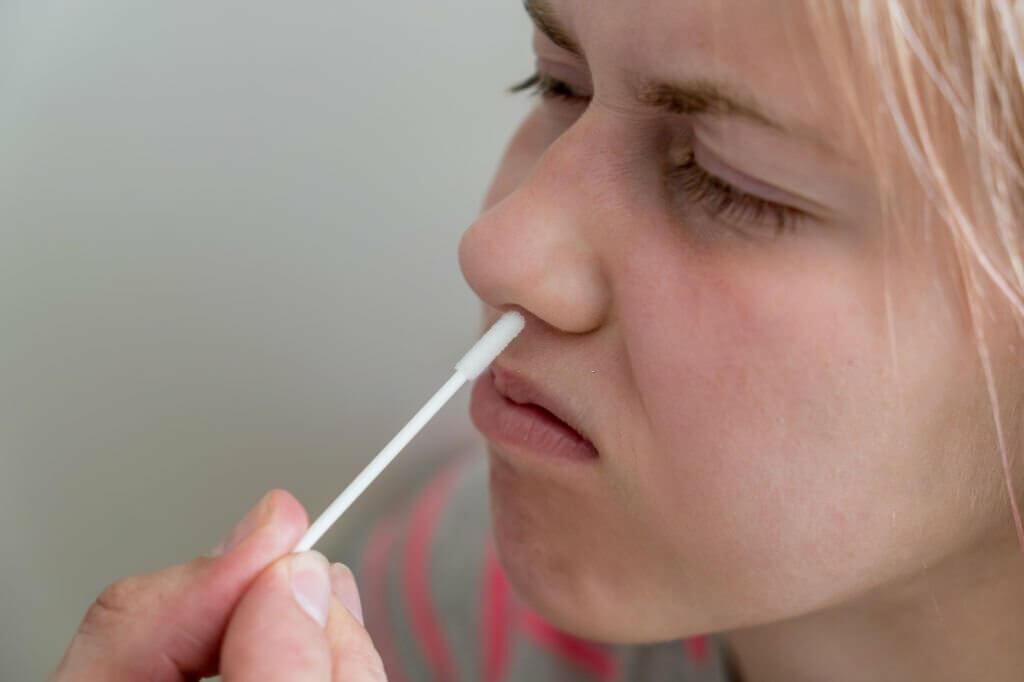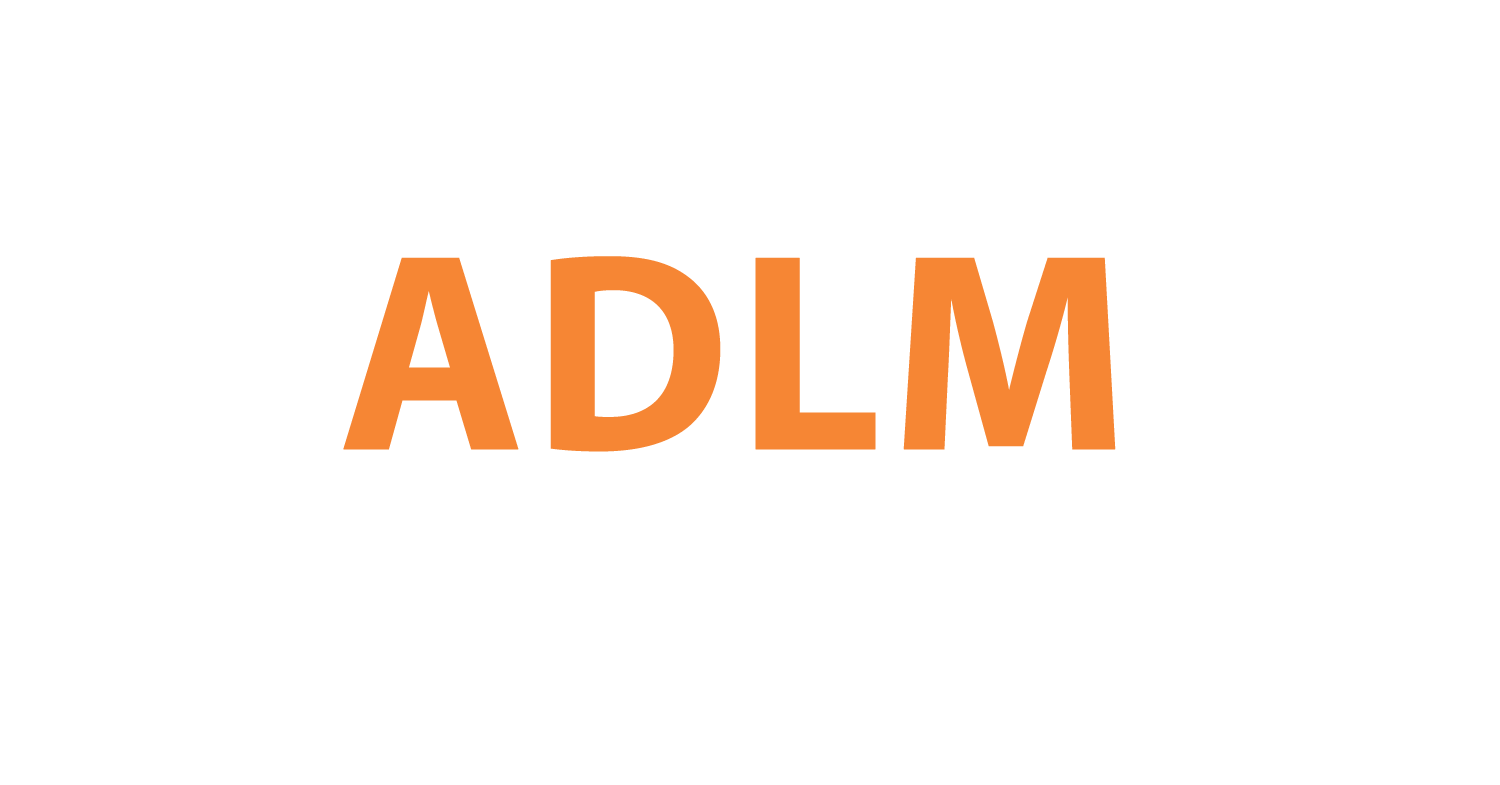Nasal Sampling Swabs: Reliable Option For Screening COVID-19

Nasal swabs and nasopharyngeal swabs are types of specimen collection methods used for the diagnosis of various respiratory infections, including viruses like influenza and SARS-CoV-2, the virus responsible for COVID-19.
Nasal Swabs:
These involve a sample being taken from the inside of the nose but do not reach as deeply as nasopharyngeal swabs. There are two main types of nasal swabs:
-
- Anterior Nasal Swabs: The swab is inserted into the nostril just around the opening of the nasal passage and rotated to collect the sample from the surface of the nasal lining.
-
- Mid-Turbinate Nasal Swabs: These go a bit deeper than the anterior nasal swabs and are rotated in the front part of the nose at the level of the turbinate, which is a part of the nasal anatomy that helps to warm and humidify the air we breathe.
Nasal swabs are less invasive than nasopharyngeal swabs and are generally more comfortable for the patient.
Nasopharyngeal Swabs:
These are considered the "gold standard" for respiratory virus testing because they collect samples from the upper part of the throat, behind the nose. A long, thin swab is inserted into one nostril and gently pushed back into the nasopharynx, which is the upper part of the throat that lies behind the nose. This type of swab collects secretions from the nasopharyngeal area, not just the nasal passages.
The nasopharyngeal swab has been the standard method for collecting samples to detect SARS-CoV-2 during the COVID-19 pandemic. However, shortages of nasopharyngeal swabs have necessitated finding reliable alternatives. A study published in the Journal of Clinical Microbiology investigated using nasal swabs instead.
Researchers at a hospital in Paris, France prospectively compared nasal and nasopharyngeal swabs from 44 patients suspected of having COVID-19. They tested both types of swabs for SARS-CoV-2 using PCR. The results showed the nasal swab had a high sensitivity of 89.2% and a specificity of 100% compared to the nasopharyngeal swab.
Out of 37 positive nasopharyngeal samples, 33 were correctly identified as positive with the nasal swab. All 7 negative nasopharyngeal samples also tested negative on the nasal swab. The nasal and nasopharyngeal swabs showed substantial agreement in their results.
The researchers conclude that nasal swabs could be used in place of nasopharyngeal swabs to screen for SARS-CoV-2 when supplies are limited. The high accuracy of the nasal swabs in detecting the virus makes them a reliable alternative.
This study provides promising evidence that nasal swabs can be substituted for nasopharyngeal swabs during the COVID-19 pandemic. More research is still needed to confirm whether these results hold true across different populations and healthcare settings. But the findings suggest nasal swabs could greatly expand testing capacity if nasopharyngeal swabs remain in short supply. Healthcare providers may now have a convenient and dependable option for diagnosing COVID-19.
Click to View → Mantacc 96000G 3'' Nasal Sampling Swab
References
Hélène Péré , Isabelle Podglajen , Maxime Wack , Edouard Flamarion , Tristan Mirault , Guillaume Goudot , Caroline Hauw-Berlemont , Laetitia Le , Eric Caudron , Sophie Carrabin , Julien Rodary , Tatiana Ribeyre , Laurent Bélec , and David Veyer. Nasal Swab Sampling for SARS-CoV-2: a Convenient Alternative in Times of Nasopharyngeal Swab Shortage. Journal of Clinical MicrobiologyVolume 58, Issue 6. May 2020
Related Posts
The Feasibility of Nasal Sampling Swabs for Respiratory Infection









